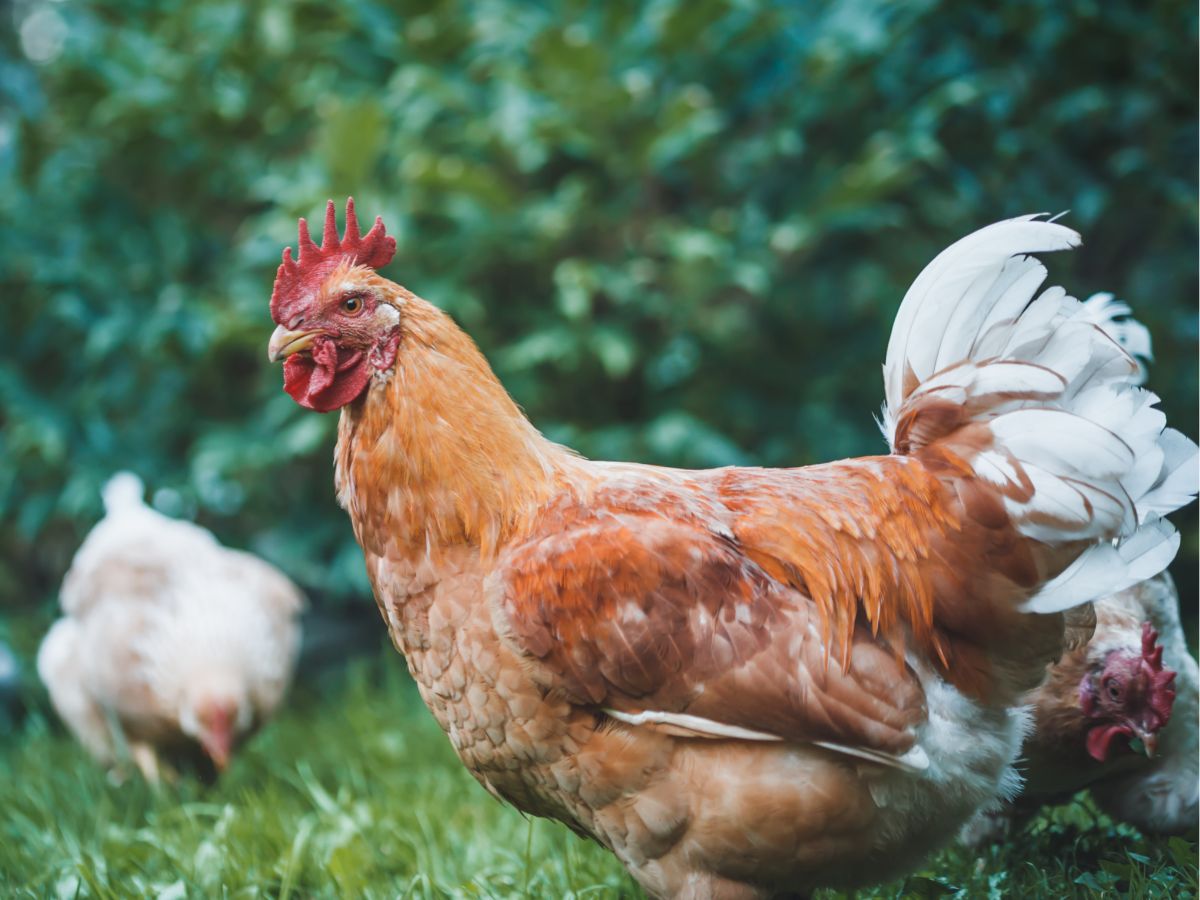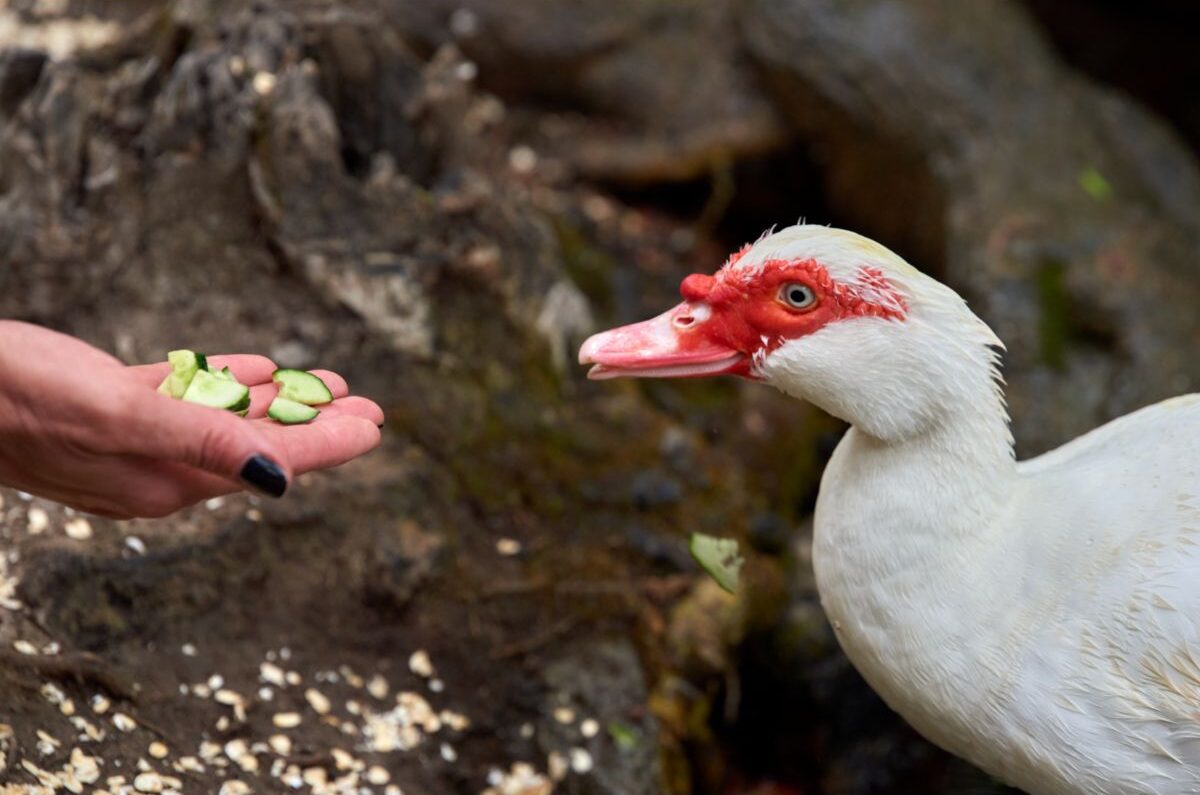Keeping chickens in your backyard or on a larger scale is very rewarding, and not only for the products you get from your feathered flock. Most chicken farmers will want to breed chicks or get more chickens from time to time, and it’s not always that easy. So how do you introduce new chickens or chicks to the flock?
Introducing a new chicken or chicks to your flock:
- Check that you can introduce the new chickens successfully
- Quarantine the new chickens
- Ensure that you have adequate space
- Take your time with the introduction process
- Check on the chickens regularly
Some chicken farmers have no trouble introducing new chickens to an existing flock, but that’s not generally the case. Chickens get stressed by any change in their environment or routine and can react negatively, sometimes by aggressive behavior or by just not laying eggs for a while. The problems can be avoided by following some tried and tested rules.
Contents
1. Check That You Can Introduce The New Chickens
Don’t assume that any new chickens will be accepted into the flock – that’s not always the case, and there are some factors to consider before taking on the task.
Success Depends On The Breed
- Firstly, don’t mix large and small breeds. The larger hens will almost inevitably bully the smaller ones, and you may be unable to stop that behavior.
- Secondly, be aware that some breeds, such as Orpingtons, are pretty placid and will accept new arrivals quite readily. Others like Silkies or Rhode Island Reds are territorial and don’t take too kindly to new chickens.
If you want to know which chicken breeds are suitable for a mixed group, you can read on here.
Beware Of Introducing Chicks Too Early
Chicks should be raised on their own for at least the first six weeks before even beginning the introduction process. For successful integration into the flock, chicks should be feathered and look like the existing flock, which will only be at around fifteen weeks.
2. Quarantine The New Chickens
The worst thing you can do is introduce diseased or infected chickens into your existing flock. Quarantining the new birds in a separate coop or large crate should be done for a minimum of a week and ideally for thirty days. Symptoms to look out for:
- Lice or mites
- Blocked nostrils – possible respiratory disease or sinus canker
- Scaly legs – an infestation caused by parasitic mites
- Dull, shriveled comb – may be a fungal disease
If the birds are underweight, it is crucial to feed them up, or they are likely to be the target of bullies in the existing flock.
3. Ensure That You Have Adequate Space
Overcrowding in the coop leads to stress, bullying, and aggression, which you want to avoid. The basic rule of thumb is four square feet per chicken for an average size breed and eight square feet for large birds.
For free-ranging chickens or in a permanent run, work on 250-300 square feet per bird. When you’ve calculated how much space you have, you’ll be able to work out how many birds you can accommodate.
Chickens’ primary interest in life is food. Again, if you want to avoid stress in the flock when new birds are introduced, ensure that there are enough feeders and that they are kept full.
4. Take Your Time With The Introduction Process
The secret of success in introducing new chickens to your flock? Don’t rush it! The entire process, from the time you get your new chickens to when they are fully integrated, takes five to six weeks, and there are no shortcuts.
The Visual Introduction
Look but don’t touch – the first step of integrating new chickens into your flock is to place them in an enclosed run adjacent to the existing one. This will allow the new birds to be seen but remain separated while they become a familiar sight.
An alternative visual introduction, which can work equally well, is to put a small coop or wire cage into the existing run with the new chickens. There’s still a barrier between old and new, but they’re living in the same space, so they might be accepted a little quicker.
In the case of chicks, who, as we’ve mentioned, should be on their own for at least their first six weeks, and ideally eight to twelve weeks old, this visual introduction can be modified slightly by bringing them into their own coop at night and reintroducing them in the morning.
The Physical Introduction
After a week of visual familiarization, it’s time to allow new and existing chickens to merge into a combined flock.
- If you’re free-ranging your chickens, the right process is to let the new chickens out first, allow them to scratch around for a few minutes and then let the rest of the flock out to free range.
- If your flock is not free range, the same principle applies in the run – open their cage and let the new birds into the run first before allowing your existing chickens out of their coop.
- Realize there will be some pecking, some scrapping, and fighting, and allow it to happen. It’s a natural phenomenon as the birds, old and new, establish the new pecking order, and it shouldn’t continue for too long.
- Keep an eye on the new flock for any injuries that might be inflicted and remove the injured bird to avoid it being seriously harmed by the whole flock.
At night, whether free ranging during the day or kept in the run, the new birds may well follow the existing flock into the coop, but if not, they can be returned to their separate cage, and then the following day, the entire process is repeated.
With young chicks, it would be wise initially to keep them in their cage overnight, either inside the coop with the older birds or separated, and then reintroduce them to the flock in the morning.
5. Check On The Chickens Regularly
The physical introduction will take a while as the birds become accustomed to the new pecking order. The introduction has succeeded when you see the new birds following the older ones into the coop at night, eating with them, and the pecking and jostling have quietened. The final task is to check on the birds regularly during the day for about a week to ensure they are healthy, happy, and one big, harmonious family.
Some Quick Tips On Introducing New Chickens To Your Flock
- If you have space, relocate both old and new birds to a new run so that they both start life together in a different environment.
- Ensure that you have adequate space, perches, coops, feeders, dust bowls, and all other comforts before your new birds arrive.
- During the physical introduction phase, provide toys and treats to distract the birds from the changes taking place.
- Isolate aggressive birds to avoid extended bullying of new chickens.
- Introduce birds of the same size, if not the same breed, as your existing birds.
- Never introduce just one new chick or chicken at a time – at least two, so that the attention of the older birds is not concentrated on just a single new arrival.
Conclusion
Chickens and chicks can be introduced easily into an existing flock, and in fact, it’s a common occurrence in almost every chicken run. Following some basic rules and keeping your flock down to a suitable size for the space you have will make it a simple, successful operation.
If you want to learn more about the pecking order, you can read this article.




